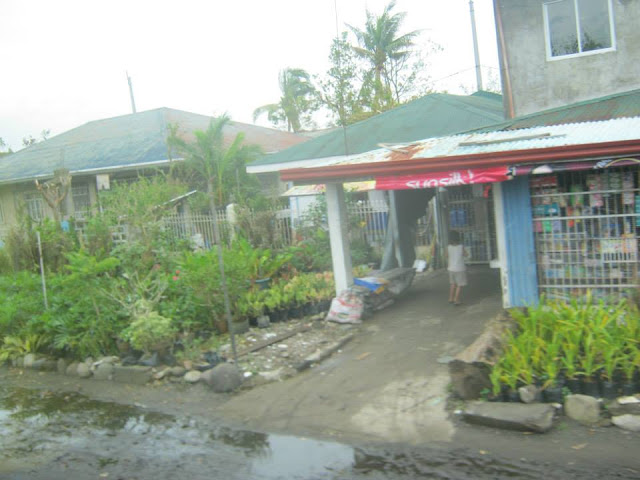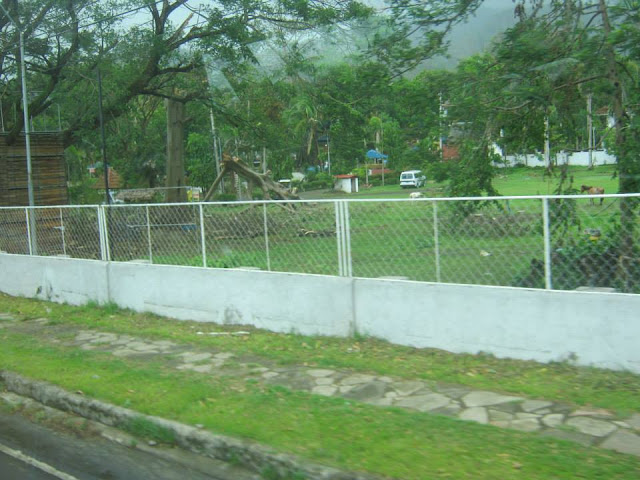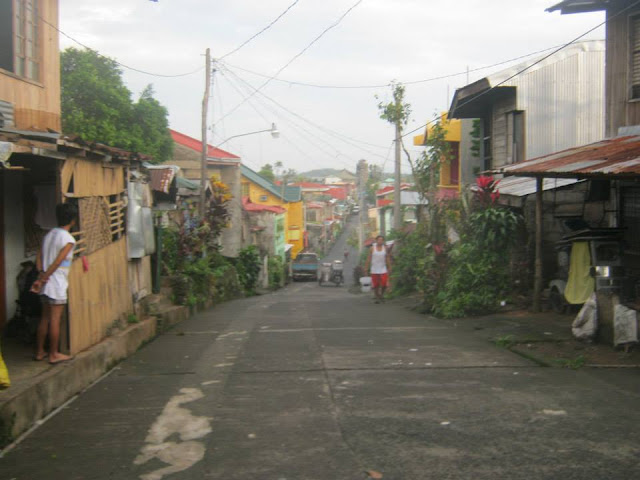You might not hear more about the
town of Cavinti, maybe because the place is quite small (with a total land area
of 21, 642 hectares) and it is bounded by the Municipalities of Paete in the
North, Kalayaan to the North-East, Lumban to the West, Luisiana to the South,
Pagsanjan to the Southwest, and the Province of Quezon to the East. Since most
of the place is still unexplored, which makes it a very good place for
eco-tourism. The place is teeming with
location that is still untouched by the marching progress of industrialization.
Natural wonders still abound Cavinti like caves, underground river systems,
virgin forest, mountain ranges, and lakes. Also, if you are familiar with the
world-famous Pagsanjan Falls, the falls are actually located in Cavinti area
and is known locally as Cavinti Falls.
There are also man-made wonders
in Cavinti. Caliraya Lake is a man-made lake popular for surface water sports
and recreational fishing and Lumot lake is another man-made lake connected to
Caliraya Lake by an underground penstock, which is also popular for water
sports and sport fishing.
It is located 119 kilometers
southeast of Manila. It’s just a two minutes drive away. By bus, may I suggest
that you ride any bus going to Sta. Cruz, Laguna. When you arrive in Sta. Cruz,
you can ride a jeepney going to Cavinti.
The experience is a little bit scary, especially on that zig-zag road
climbing till it reaches the foothills of the Sierra Madre mountain range.
Cavinti is basically an agricultural town. At the población (town), there are
only a few commercial establishments. Sources of income of the people of
Cavinti are mainly focused on eco-tourism and agriculture, such as play,
bamboo, pandan, copra, coconut, vegetables and fruit trees. Piggery and poultry
farming are also an additional income.
According to legends, when the
Spanish colonizers discovered Cavinti, a strange wedding ceremony was taking
place. Maybe because the wedding ceremony is different from that of Catholic
Spain, but anyway, the Spaniards saw the groom running after the bride. The
bride runs uphill and downhill, through the clear and wooded area, on dry land
and swampy path and the groom kept following behind. The pair reached the
stream which at that time was swollen due to flood waters. The bride jumped in
the waters and her groom followed. Both were snatched by the rushing waters.
The bride’s younger sister cried,
“Kaka, kapit sa binti!” pointing to the
groom. So the bride obeyed without hesitation. That saved her and the wedding
didn’t end in a tragedy. Also, the word stuck and people from Cavinti are being
called by nearby towns as "kabintiin"
Another legend tells us about the
Puhawan Brothers of Lumban who reached Cavinti in search of food in the early
1600 where they found the image of San Salvador. They will be known to become
the first Tagalog settlers in Cavinti. The story goes like this: Some time ago
in 1606, the Puhawan brothers, Antonio, Dionisio and Gabriel came to an area of
forest clearings in search of food. Now, while clearing a grassy area, they
stumbled on a statue underneath a “Binayuyu” tree. Then, there’s a glow of
light. The brothers got so frighthened that they kneld and pray and asked who
it was. A voice replied that he is “Salvador Del Mundo.” They took the statue
back in Lumban and people started to ask them where they found it. They
returned to the said place and built a small nipa chapel. They reported it to
the Parish Priest of Lumban and on August 6, the held a mass in the newly build
chapel. The chapel was then rebuilt into a church in 1621 in honor of the Lord
of the Transfiguration, which was lovingly called San Salvador del Mundo by the
devotees.
In 1939, Lieutenant Colonel
(later Major General) Hugh J. Casey, with the approval of Philippine
Commonwealth President Manuel L. Quezon. Now this man-made lake is so big that
it encompasses the towns of Cavinti, Kalayaan and Lumban. Then they seeded the
lake with imported Largemouth Black Bass. The fish continue to proliferate, to
the excitement of anglers who frequent the place on weekends all year-round and
even if the place was man-made, it is now teeming with the works of Mother
Nature; lush trees, wild flowering
shrubs, and occasionally, some cows and horses grazing. Lake Caliraya is also
an ideal place for aqua sports such as boating, wind surfing, and water skiing.
There is also the Canvinti
Underground River and Caves Complex. You have to bring some flashlights to see
the hidden wonders of the underground river and caves and I don’t recommend the
place if you are nyctophobic (afraid of the dark). Anyway, the place is awesome,
but before entering the caves, first you have to get a permit from the
municipal government of Cavinti. Now, you got the permit? Then you have to
travel in almost 1 hour on a dirt road till you reach Baranggay Paowin and then
a short bamboo raft ride in the clear waters of Lalangawan River. Then the
caves. Inside are hidden waterfalls and
a beautiful array of stalagmites and stalactites. Surrounding the whole complex
is a large forest teaming with wildlife.
A place for adventurers and
nature lovers. That’s what Cavinti has to offer.
Here's some pictures of views from Calamba, Laguna...
1. Bus ride from Manila (Cubao or Libertad-Pasay
near LRT Gil Puyat Station) to Sta. Cruz, Laguna – Approx. P150.00. Travel time
2 hours.
2.
In Sta. Cruz, Laguna, take a jeepney ride to
Cavinti (P20.00)
By car.
Take the SLEX to Calamba and when you arrived at SM City
Calamba, turn right and follow the road to Los Banos, Bay, Calauan, Victoria,
Pila and Sta. Cruz. Follow the road to Pagsanjan and Lumban. The next town will
be Cavinti.


.jpg)













































































No comments:
Post a Comment